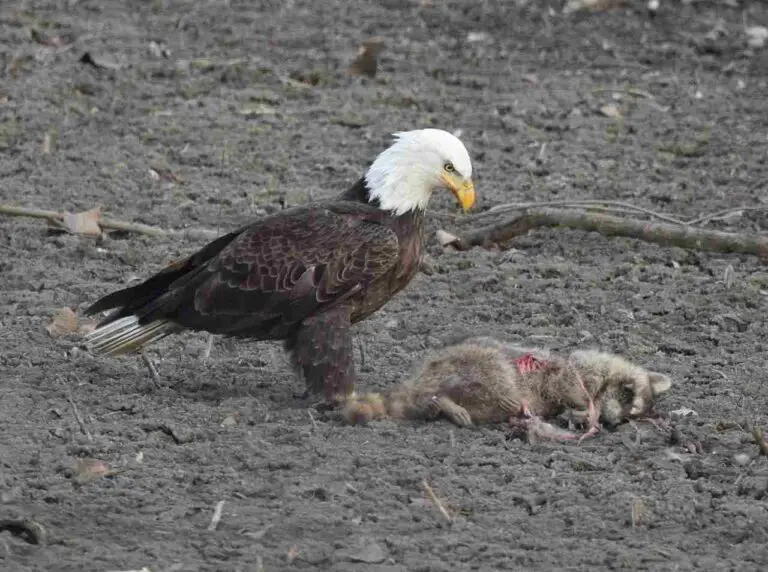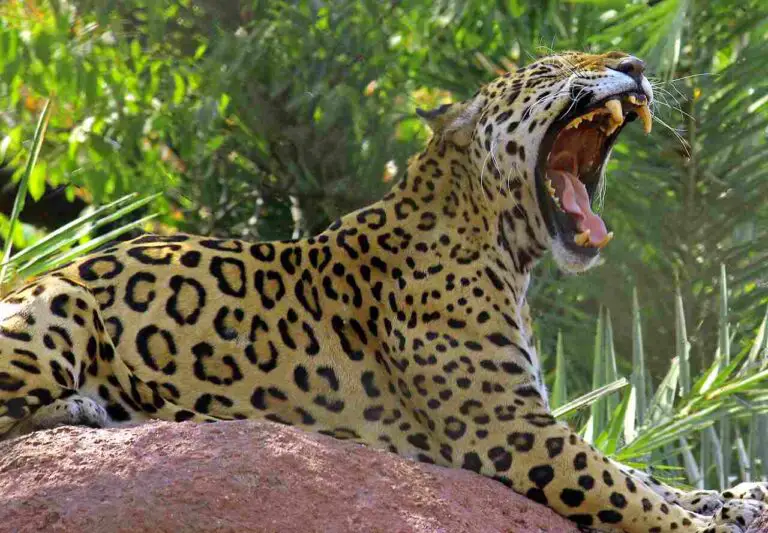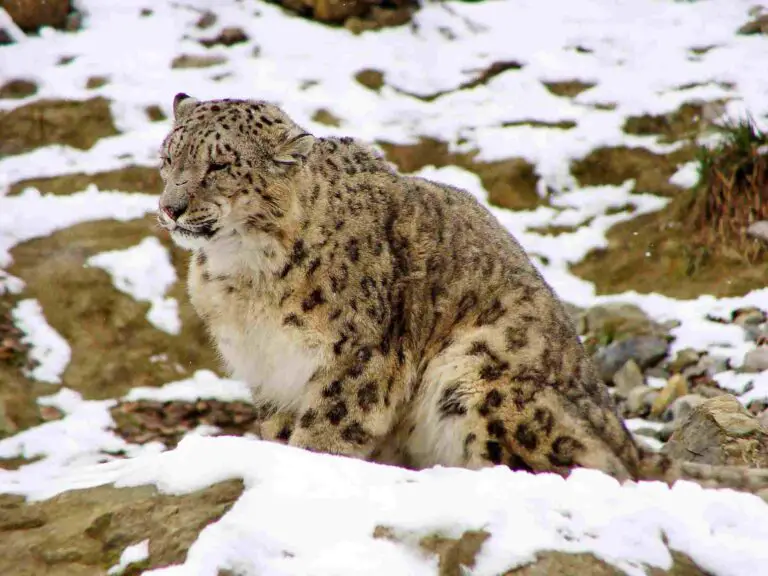5 Examples of Permaculture Explained
Examples of permaculture are; rotational grazing/landscaping, agroforestry/mulching, rainwater irrigation, cover cropping for weed control, and conservation tillage/composting/organic mulching.
This article discusses the examples of permaculture, as follows;
1). Rotational Grazing with Landscaping (as one of the Examples of Permaculture)
Rotational grazing involves dividing a grazing area or pastoral land into smaller sections or ‘paddocks’ among which livestock will be rotated periodically as they graze, to prevent overgrazing and environmental degradation [5].
The advantage of rotational grazing as a practice of permaculture arises from the fact that it causes the relationship between livestock, vegetation, water and soil, to mimic natural processes in the ecosystem.
Rotational grazing is particularly good for integrated crop-livestock farms [1], and achieves multiple sustainability goals including water conservation, biodiversity conservation, resource recycling and soil conservation.
By rotating livestock, devegetation, deforestation and desertification risks are mitigated, while protecting the soil from erosion due to vegetation-loss and exposure.
Landscaping is ideally practiced in combination with rotational grazing, especially in sensitive areas such as sloping regions.
While rotational grazing is itself a form of landscape management, other practices of sustainable agriculture can be implemented to protect the landscape, such as crop rotation, cover cropping, conservation tillage and contour farming.

2). Agroforestry and Mulching
Agroforestry is a principle of sustainable agriculture which involves the integration of trees and shrubs with crops on agricultural land, to mimic the vegetative relationships that occur in natural forests [2].
Although agroforestry is a separate concept from permaculture, it is yet a classic example of permaculture because it works on the basis of permacultural objectives and principles.
When perennial vegetation is introduced into farms, they perform a variety of important ecologic functions including slope stabilization, biodiversity enhancement, and carbon sequestration.
Organic mulching is often combined with agroforestry. Materials for the organic mulch come from crop residue, and fallen parts of trees like leaves and branches.
The organic mulch plays a role in soil and water conservation, while optimizing the ecologic properties of the farm as a habitat for soil microorganisms, insects, annelids and other species.
In combination, agroforestry and organic mulching can establish a robust and dynamic ecosystem on the farm, with an active energy pyramid driven by biodegradation and other biological processes for the recycling of biomass and energy.
3). Rainwater Irrigation (as one of the Examples of Permaculture)
The primary source of water in natural ecosystems is rainfall.
In permaculture, this primary source can be utilized through rainwater harvesting and sustainable irrigation.
Permacultural farms and gardens can benefit from rainwater-based irrigation. The harvesting system can be constructed with simple components like pipes, filters and storage tanks. Stored rainwater may be supplied to crops through drip irrigation, which conserves water while maximizing distribution [4].
Rainwater harvesting and sustainable irrigation help permacultural farmers to achieve water and energy conservation, while preventing unnatural supply of water from external and unreliable sources.
Coupled with minimal use of synthetic fertilizer, this approach reduces the risk of leaching and improves soil health.
4). Cover cropping for Weed Control
Biological control is one of the principles of permaculture.
A tool for biological control of weeds on permacultural farms is cover crops [3].
These crops are particularly effective for weed control due to their dominant growth-characteristics, by which they tend to out-compete weeds on farms.
Cover cropping boosts soil fertility by allowing organic matter to accumulate, leading to an increase in the concentration of organic carbon and nutrients in soil. The presence of cover crops also reduces the risk of erosion.
Examples of cover crops in permaculture include buckwheat, dewberry, sweet potatoes, and kale.
5). Conservation Tillage, Composting and Mulching (as one of the Examples of Permaculture)
Conservation tillage is effective for establishing ecologic stability on farms through the minimization of soil disturbance.
In permaculture, it is not uncommon for conservation tillage to go along with organic mulching. Crop residue produced on the farm can be used to form a protective layer of biomass over the soil.
Although the layer of organic mulch can serve as compost as it undergoes decomposition, composting can be practiced distinctly as part of the farming scheme.
Organic mulching and composting reduce the need for synthetic fertilizer, boost agricultural productivity, and establish a level of permanence or stability by protecting the soil. When integrated with conservation tillage, the risk of all forms of soil degradation is reduced significantly, allowing the farm to operate as a self-sufficient ecosystem.
Where it is needed, vermicomposting can also be applied, by using worms as biological agents to facilitate the production of high-quality compost.

Conclusion
Examples of permaculture are;
1. Rotational Grazing with Landscaping
2. Agroforestry and Mulching
3. Rainwater Irrigation
4. Cover cropping for Weed Control
5. Conservation Tillage, Composting and Mulching
References
1). Galindo, F. S.; Delate, K.; Heins, B.; Phillips, H.; Smith, A.; Pagliari, P. H. (2020). “Cropping System and Rotational Grazing Effects on Soil Fertility and Enzymatic Activity in an Integrated Organic Crop-Livestock System.” Agronomy. Available at: https://doi.org/10.3390/agronomy10060803. (Accessed 24 October 2022).
2). Lefroy, E. C. (2009). “Agroforestry and the functional mimicry of natural ecosystems.” Agroforestry for natural resource management (pp.23-35). Available at: https://www.semanticscholar.org/paper/Agroforestry-and-the-functional-mimicry-of-natural-Lefroy/3233091494b9cec37fbe49e6f21bd9cc81fd1351. (Accessed 24 October 2022).
3). Lemessa, F. (2015). “Cover Crops as a Means of Ecological Weed Management in Agroecosystems.” Journal of Crop Science and Biotechnology 18(2):133-145. Available at: https://doi.org/10.1007/s12892-014-0085-2. (Accessed 24 October 2022).
4). Lozano, D.; Ruiz, N.; Baeza, R.; Contreras, J. I.; Gavilán, P. (2020). “Effect of Pulse Drip Irrigation Duration on Water Distribution Uniformity.” Water 12(8):2276. Available at: https://doi.org/10.3390/w12082276. (Accessed 24 October 2022).
5). Probo, M.; Lonati, M.; Pittarello, M.; Bailey, D. W.; Garbarino, M.; Gorlier, A.; Lombardi, G. (2014). “Implementation of a rotational grazing system with large paddocks changes the distribution of grazing cattle in the south-western Italian Alps.” The Rangeland Journal 36(5):445-458. Available at: https://doi.org/10.1071/RJ14043. (Accessed 24 October 2022).



